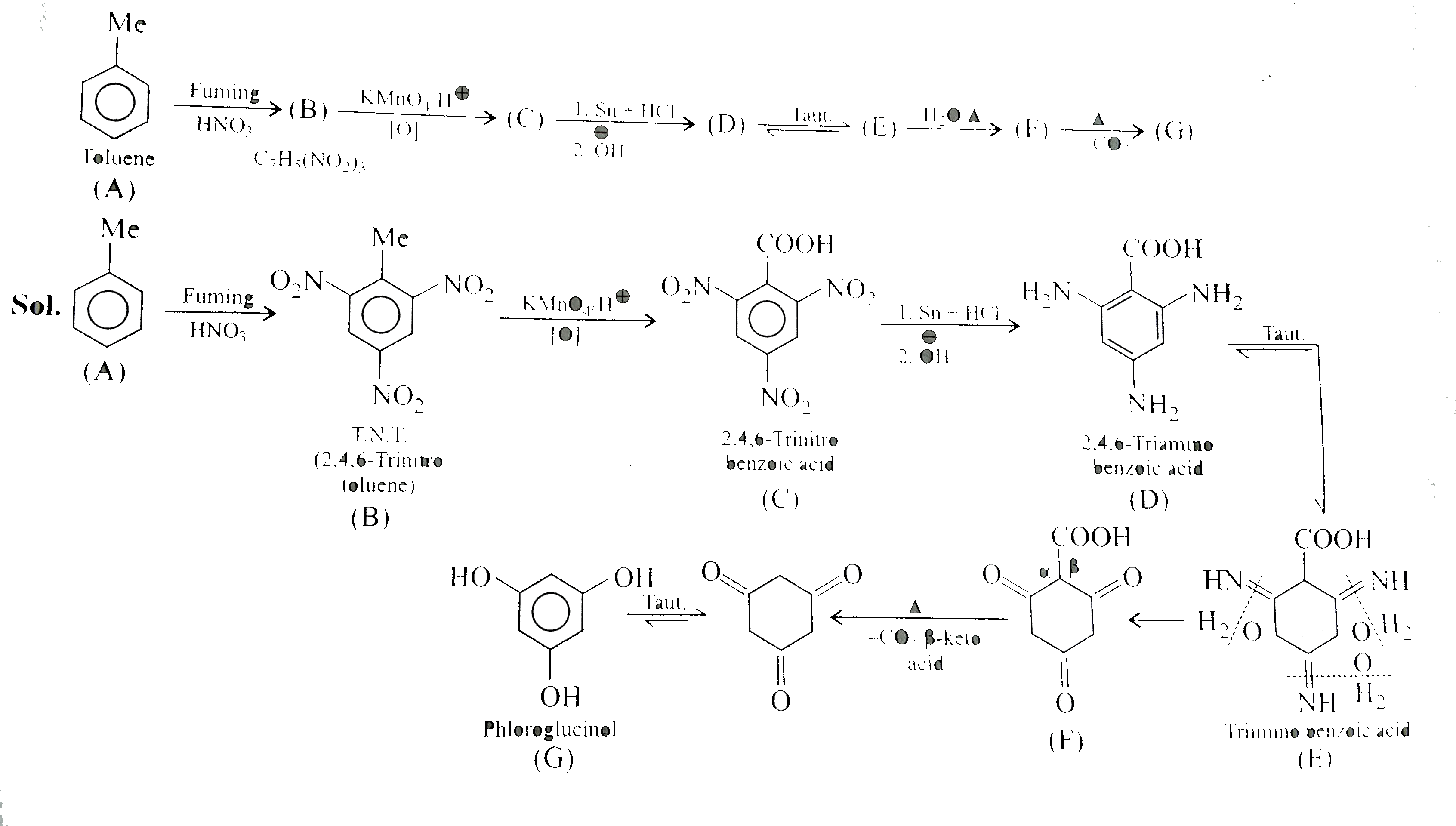Complete the following analogy: Fitting reaction : A:: Finkelstein reaction: B
A : lon exchange, B: produces alkyl chloride
A : Inversion, B: Retention
A: biphenyl prouct, B: produces alkyl iodide
A: gives alkyl halide only: B: Produces haloarene only
To complete the analogy: Fitting reaction : A :: Finkelstein reaction : B, we need to identify what A and B represent in the context of these reactions.
1. Understanding the Fitting Reaction:
- The Fitting reaction involves the reaction of halobenzenes (like chlorobenzene or bromobenzene) in the presence of dry ether.
- When two moles of halobenzene react, they undergo a coupling reaction to form biphenyl.
- The by-product of this reaction is the halogen, which is released as a gas.
A = Biphenyl formation from halobenzene.
2. Understanding the Finkelstein Reaction:
- The Finkelstein reaction involves the exchange of halogens in alkyl halides, typically using sodium iodide (NaI) in acetone.
- In this reaction, alkyl chlorides or bromides are converted to alkyl iodides.
- The mechanism can be either SN1 or SN2, depending on the structure of the alkyl halide.
B = Formation of alkyl iodide from alkyl halide.
3. Completing the Analogy:
- From the above understanding, we can conclude that:
- Fitting reaction (A) leads to biphenyl formation.
- Finkelstein reaction (B) leads to alkyl iodide formation.
Thus, the completed analogy is:
Fitting reaction : Biphenyl formation :: Finkelstein reaction : Alkyl iodide formation.
Final Answer:
A = Biphenyl formation; B = Alkyl iodide formation.
---
- The Fitting reaction involves the reaction of halobenzenes (like chlorobenzene or bromobenzene) in the presence of dry ether.
- When two moles of halobenzene react, they undergo a coupling reaction to form biphenyl.
- The by-product of this reaction is the halogen, which is released as a gas.
- The Finkelstein reaction involves the exchange of halogens in alkyl halides, typically using sodium iodide (NaI) in acetone.
- In this reaction, alkyl chlorides or bromides are converted to alkyl iodides.
- The mechanism can be either SN1 or SN2, depending on the structure of the alkyl halide.
- From the above understanding, we can conclude that:
- Fitting reaction (A) leads to biphenyl formation.
- Finkelstein reaction (B) leads to alkyl iodide formation.
Fitting reaction : Biphenyl formation :: Finkelstein reaction : Alkyl iodide formation.
A = Biphenyl formation; B = Alkyl iodide formation.
Topper's Solved these Questions
- SAMPLE PAPER 10BOOK - EDUCART PUBLICATIONCHAPTER - SAMPLE PAPER 10EXERCISE - SECTION - B
21 Videos
- SAMPLE PAPER 07BOOK - EDUCART PUBLICATIONCHAPTER - SAMPLE PAPER 07EXERCISE - SECTION-C
6 Videos
- SAMPLE PAPER 11 (SELF-ASSESSMENT)BOOK - EDUCART PUBLICATIONCHAPTER - SAMPLE PAPER 11 (SELF-ASSESSMENT)EXERCISE - SECTION - C
4 Videos
Similar Questions
Knowledge Check
Finkelstein reaction is -
A2CH3CH2CI+Ag2O(dry)→CH3CH2OCH2CH3+2AgCIBCH3CH2Br+NaIAcetone−−−−→CH3CH2I+NaBrCCH3CH2Br+Ag2O(moist)→CH3CH2OH+AgBrDCH3CH2CI+NaOCH3→CH2CH2OCH3+NaCI
Complete the following reaction:

View SolutionComplete the following reaction

View SolutionComplete the following reaction:

View SolutionComplete the following reaction:

View SolutionComplete the following reaction:

View SolutionComplete the following reaction:

View SolutionComplete the following reaction:

View Solution

